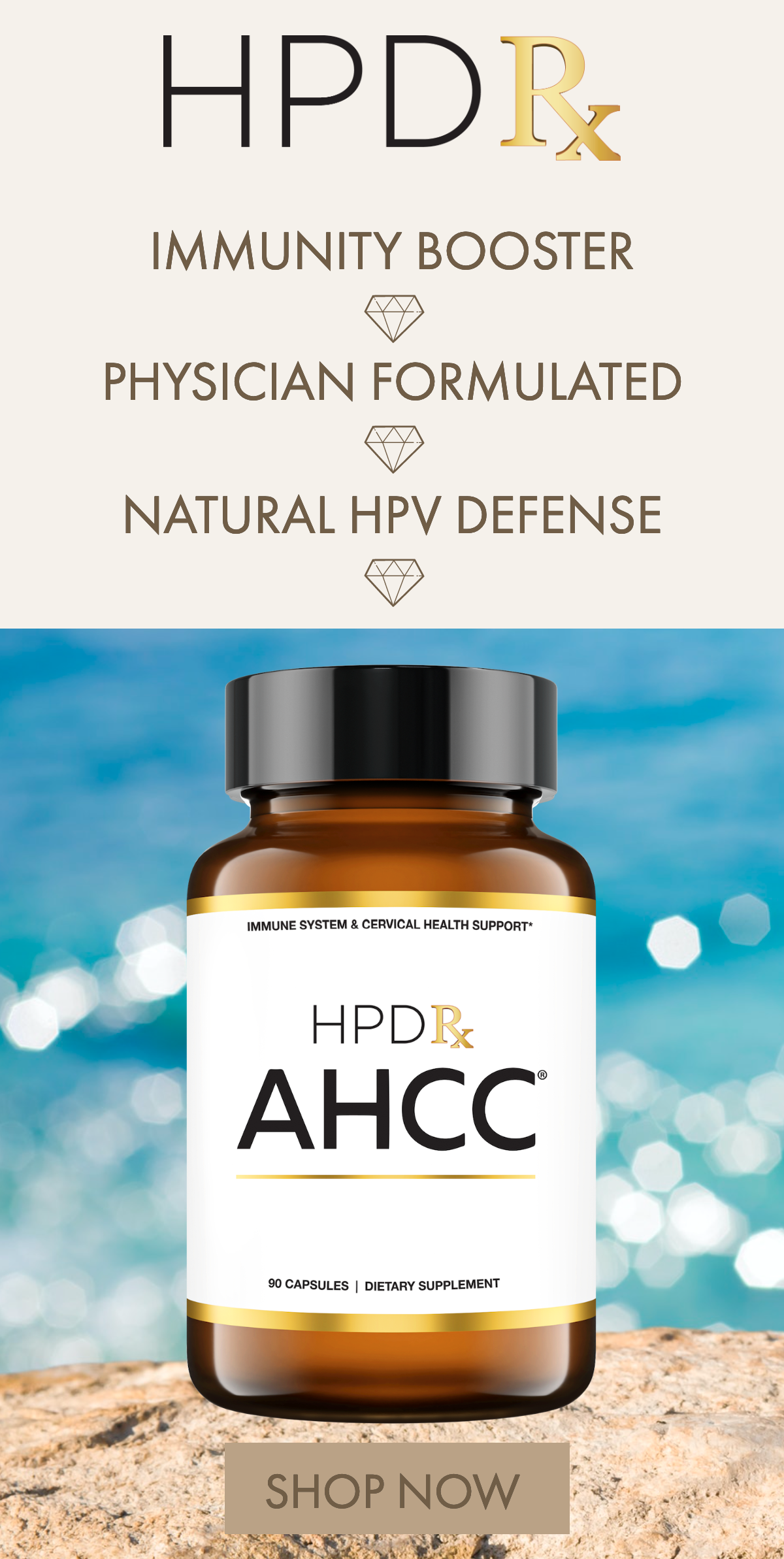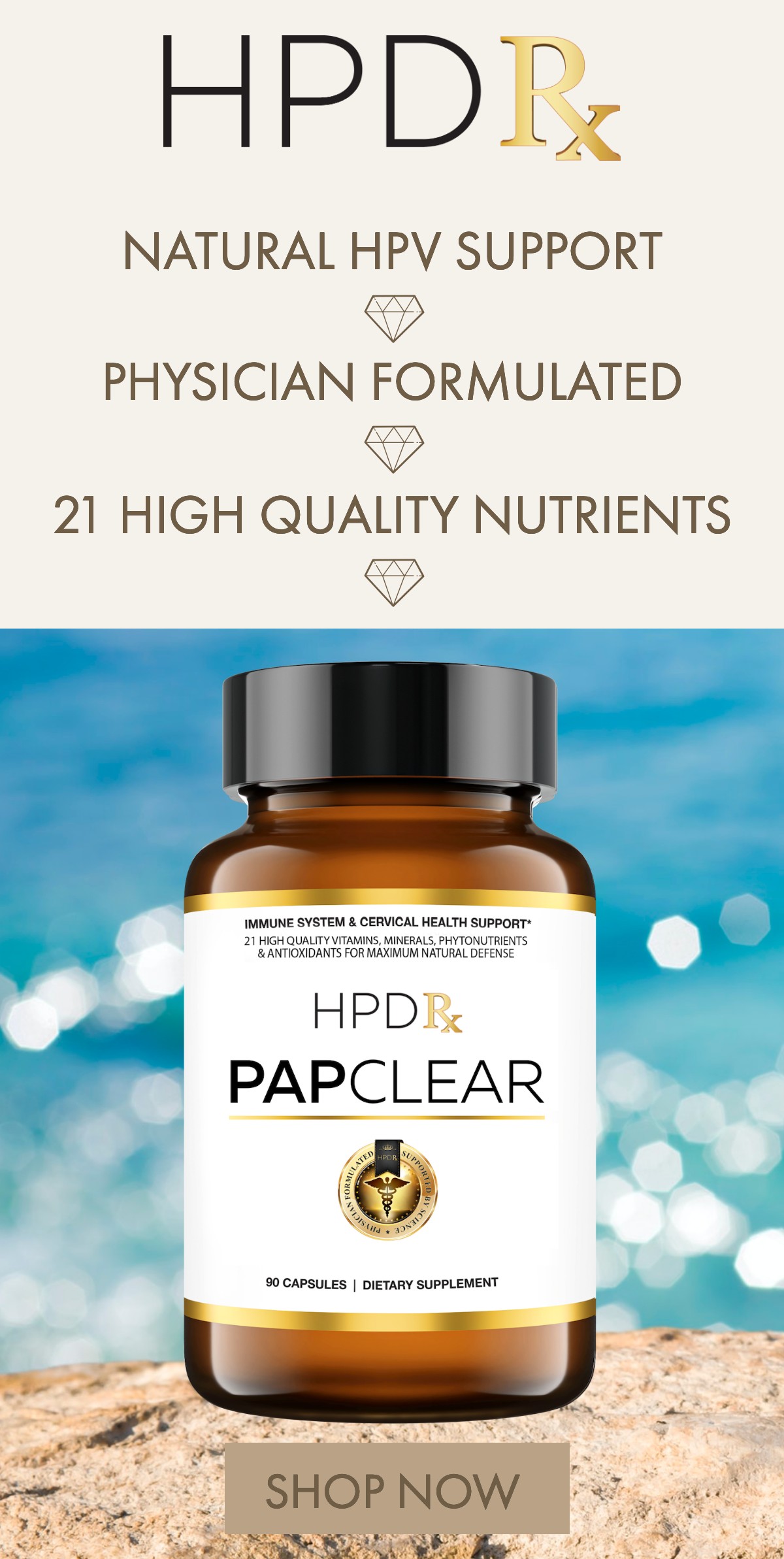
Overview
Every year, 14 million Americans receive the diagnosis of human papillomavirus (HPV). From a prevalence standpoint, there are 79 million cases of HPV in the United States. The infection caused by HPV is diverse and could present as benign genital warts or cancer. In fact, almost 99% of all cervical cancers are the result of chronic HPV infection. In the US, more than 13,000 cervical cancer cases are reported every year. Sadly, up to 30% of these patients will die. The Centers for Disease Control and Prevention (CDC) says that men are also prone to HPV-related cancers.
In this article, we will cover various aspects of HPV infections, including their mechanism, burden on the economy, and the development of a potential cure.
How HPV Works
HPV spreads via sexual contact. Other routes of transmission include physical contact with the warts. Once the virus reaches the genital organs, it goes deeper into the epithelial layer where it starts hijacking the DNA of the host cells.
While other viruses start multiplying rapidly to burst the host cell and spread, HPV travels to healthy cells when the epithelial cells peel off, releasing HPV particles. After that, the particles travel and infect other cells.
Unfortunately, these particles could also infect people asexually. Physical contact with these particles is enough to transmit the virus. What’s more, the particles could survive for many months.
The most dangerous HPV strains are 16 and 18, which account for 70% of cervical cancers. By messing up with the host cells’ DNA, the risk of a genetic mutation become prominent, leading to malignant tumors.
You see, the more rapidly your cervical cells multiply, the higher the risk of something going rogue. Before any growths become cancerous, they start with genital warts, which are benign masses that could potentially become cancerous.
HPV and the Challenges of a Cure
Since most cases of HPV show no symptoms, it can be difficult to figure out whether your new partner has the virus. Additionally, we currently do not have a way to detect HPV in asymptomatic individuals. As a result, the virus can spread uncontrollably and rapidly.
Once infected, it takes approximately 15 years for cervical cancer to develop. The duration is even lower in women with a weak immune system. For example, women who already have HIV may develop cervical cancer after 10 years of contracting HPV. Researchers also identified concurrent sexually transmitted diseases (STDs) as risk factors for developing cervical cancer.
IncellDx is a startup founded in 2009 and is currently working on improving the diagnostic process of HPV. Today, this company has a funding of 9 million dollars. Previously, the company released the HPV OncoTect 3Dx system, which is a powerful tool that detects mRNA strands that indicate the development of cervical cancer. The test also allows for detecting whether rapid cell multiplication is occurring. With all of that said, the Food and Drug Administration (FDA) still hasn’t granted approval for this test. Additionally, there is still a debate on the practical uses of this test and its reliability.
Aside from tests, there are today 3 vaccines on the market – Gardasil, Gardasil 9, and Cervarix. Unfortunately, the historical controversy about vaccines still hinders the widespread use of the HPV vaccine.
Ideally, the HPV vaccines need to get administered in young girls and boys before they become sexually active. This will prevent the vast majority of infections. The logic behind this thinking is simple – Vaccines are only effective before the person contracts the virus.
On a side note, these vaccines only target specific strains of the HPV virus. There are approximately 170 strains that affect humans. All the vaccines focus their efforts on containing the high-risk HPV strains.
Market Potential for an HPV Cure
In 2018, around 311,000 women died from HPV-induced cervical cancer, according to the World Health Organization (WHO). In the United States, the economic burden of HPV is estimated to be around 4 billion dollars every year. The CDCstates that vaccinating girls at the age of 12 can be of great economic value. Every vaccinated person can save up to $21,779 per year. If we consider that a cure for HPV is on the market, we can save 12.4 billion dollars every year. There are developments in the nutraceutical market with promising immunity benefits such as AHCC supplements but there are no cures currently for HPV.
Potential Cures for HPV
Inovio
Inovio Pharmaceuticals has been working for many years to develop vaccines that prevent HPV infections. The company was founded in 1983 and has a market cap of around 450 million dollars. The most ambitious vaccine they developed is VGX-3100, which has passed the Phase 2 clinical trial and began Phase 3 clinical trial back in 2017. The vaccine works by empowering the subject’s own immune system to stop HPV infections and precancerous growths. The administration of this vaccine is somewhat innovative. After injecting the dose via the intramuscular route, the healthcare professional uses electroporation to increase the absorption of the active ingredient. In their efforts to optimize a treatment for HPV, Inovio signed a licensing agreement with a Chinese biomedical company called ApolloBio for 23 million dollars.
Advaxis
This is another company in the field of biotechnology that has a market cap of 25 million dollars. The goal of Advaxis is to develop an immunotherapeutic drug that uses Listeria monocytogenes-infected cells to spread the antigen of HPV. The leading drug for Advaxis is called axalimogene filolisbac, which can potentially treat cervical cancer. The drug is currently in the Phase 3 clinical trial.
Hookipa Pharma
This company received over 100 million dollars back in 2017 as part of a Series C funding round. It was founded in 2011 and is located in Vienna. The company focuses on a tech platform that uses arenaviruses, which are viruses that infect rodents. The purpose of this action is to elicit an immune reaction. There are two programs that use this technology – HB-201 and HB-202. These agents treat HPV-associated head and neck cancers. Both of these programs have completed preclinical trials and are waiting for the three phases.
Antiva Biosciences
This company was previously named Hera Therapeutics in 2012. It is a biopharmaceutical company located in San Francisco that managed to raise 56.3 million dollars after its Series C round in 2018. Initially, Antiva Biosciences spun out of the University of California San Diego. Today, researchers at this company are focusing on a topical intravaginal medication, which comes in a cream form. The company gave this drug the name ABI-1968. So far, it has completed Phase 1a clinical trial, which serves to evaluate the safety of the drug.
PathoVax
PathoVax is a biotech startup based in Maryland. The company raised 5.8 million dollars in funding and is currently using an innovative technology of a virus-like particle called RGVax. So far, the preclinical trials are very promising, demonstrating the protective properties of RGVax against 27 HPV strains.
Virion Therapeutics
This company aims to develop HPV vaccines that prevent cervical cancer. The mechanism involves blocking a checkpoint in the immune response that typically leads to the inactivation of T-cells. The Philadelphia-based company is planning to deliver the inhibitor using adenovirus, which is a commonly used virus in the field of immunotherapy.
Note that Virion Therapeutics recently received funding of 5 million dollars as part of its Series A funding round.
Conclusion
The HPV vaccine can significantly lower the financial burden of HPV and its related complications on individuals and governments. Developing a cure for HPV infections is possible. However, this process does not come without its challenges.
Gardasil is the vaccine for HPV, which is developed by Merck and brings the company $1.7 billion in sales every year. While this number may sound overwhelming, the pharmaceutical industry should be able to get a return on their investment, especially when they risk billions of dollars researching and developing the vaccine. Therefore, we should let big pharma proceed in their quest to definitively cure genital warts and make billions in the process.
If you suspect having an HPV infection, you should definitely get tested. Women need to detect the high-risk strains that may lead to cervical cancer. Examples include the 16, 18, 13, 33, 35, 45, 51, 56, 58, 59, 66, and 68 strains.








